
Ayubia National Park: Pakistan's Nature Haven
Explore Ayubia National Park, a lush sanctuary in Pakistan's Galyat range, teeming with wildlife, scenic trails, and cultural charm.
Nestled in the heart of the Galyat mountain range, Ayubia National Park offers an escape into nature's tranquility. Spread across 3,312 hectares, this park is a sanctuary for wildlife enthusiasts and nature lovers. The park boasts a rich diversity of flora and fauna, including iconic species such as the Himalayan black bear, leopards, and a variety of bird species. The park is home to the famous Ayubia Chairlift, which provides stunning panoramic views of the surrounding valleys and hills. Hiking trails like the Pipeline Track promise an adventure through dense forests and open meadows, leading to breathtaking viewpoints. The trails are well-marked and cater to both novice and experienced hikers. Ayubia National Park also has a rich cultural heritage. The nearby villages offer a glimpse into the local way of life, with traditional crafts and local cuisine. The park's cool climate, especially in the summer, makes it an ideal retreat from the heat, attracting visitors from all over Pakistan and beyond.
Local tips in Ayubia National Park
- Visit the park during weekdays to avoid crowds and enjoy a more peaceful experience.
- Wear comfortable hiking shoes and carry water, especially if you plan to explore the trails.
- Check the weather forecast before your visit, as the park can get quite cold, especially in the evenings.
- Take the Ayubia Chairlift for stunning views, but arrive early to avoid long lines.
- Don't miss the local markets in nearby towns for unique handicrafts and traditional food.
Ayubia National Park: Pakistan's Nature Haven
Nestled in the heart of the Galyat mountain range, Ayubia National Park offers an escape into nature's tranquility. Spread across 3,312 hectares, this park is a sanctuary for wildlife enthusiasts and nature lovers. The park boasts a rich diversity of flora and fauna, including iconic species such as the Himalayan black bear, leopards, and a variety of bird species. The park is home to the famous Ayubia Chairlift, which provides stunning panoramic views of the surrounding valleys and hills. Hiking trails like the Pipeline Track promise an adventure through dense forests and open meadows, leading to breathtaking viewpoints. The trails are well-marked and cater to both novice and experienced hikers. Ayubia National Park also has a rich cultural heritage. The nearby villages offer a glimpse into the local way of life, with traditional crafts and local cuisine. The park's cool climate, especially in the summer, makes it an ideal retreat from the heat, attracting visitors from all over Pakistan and beyond.
When is the best time to go to Ayubia National Park?
Iconic landmarks you can’t miss
Ayub National Park
Experience the serene beauty of Ayub National Park, a lush oasis of nature, wildlife, and recreational activities in Rawalpindi, Pakistan.
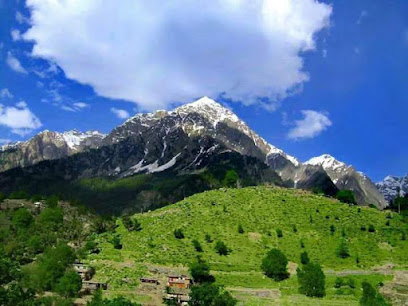
Thandiani Top
Discover the stunning vistas and tranquil beauty of Thandiani Top in Abbottabad, Khyber Pakhtunkhwa – a must-visit natural paradise for every traveler.
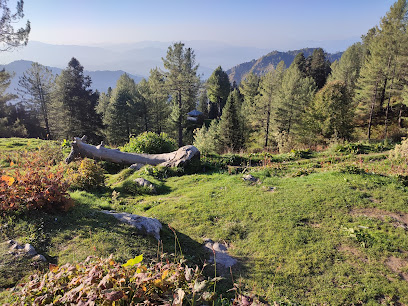
Pipeline Track Starting Point
Explore the stunning Pipeline Track Starting Point in Ayubia National Park, a hiking paradise with breathtaking views and rich biodiversity.
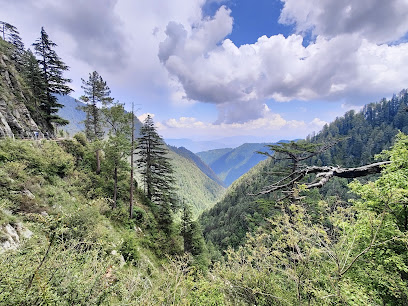
Ayubia Motto Tunnel
Experience the natural beauty and historical significance of Ayubia Motto Tunnel in the heart of Ayubia National Park, Pakistan.
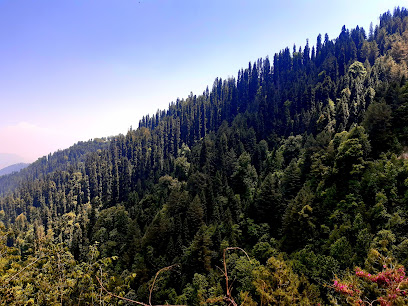
Ayubia Park Mountain Top
Explore the breathtaking views and lush greenery at Ayubia Park Mountain Top, an idyllic amusement park and nature reserve in Khyber Pakhtunkhwa, Pakistan.
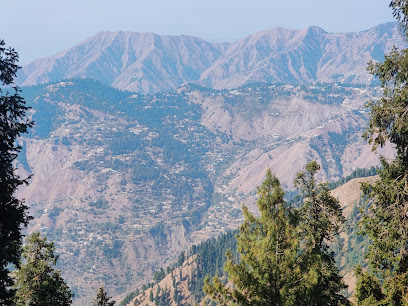
Hazara Amusement City
Experience the ultimate thrill at Hazara Amusement City, Abbottabad's premier amusement park, offering rides, games, and family fun in a stunning setting.
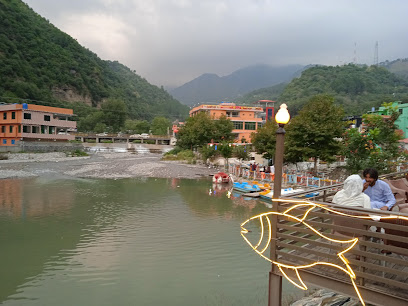
PIA Park Murree
Experience the serene beauty of PIA Park in Murree, where nature meets tranquility in the heart of Pakistan's stunning hills.
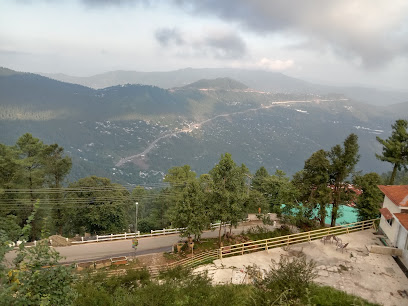
Sangrela Natural Water Park
Experience the joy of family fun at Sangrela Natural Water Park, a must-visit amusement park in the heart of Murree's stunning landscape.
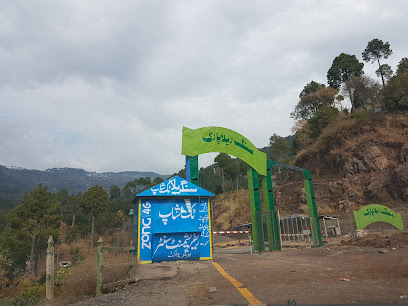
Jungle Kingdom
Discover Jungle Kingdom, a captivating zoo in Ayub National Park, home to diverse wildlife and educational experiences for all ages.
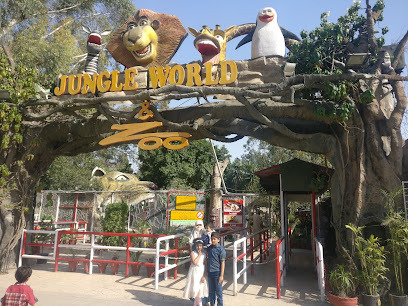
Harnoi Waterfall
Experience the breathtaking serenity of Harnoi Waterfall, a hidden gem in Abbottabad, where nature's beauty and tranquil ambiance await.
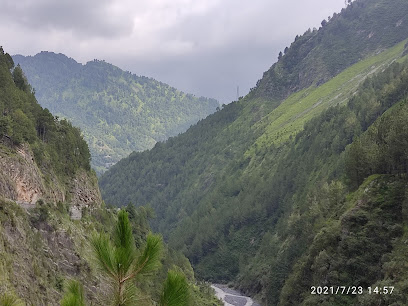
PTDC Motel Ayubia
Discover the beauty of Ayubia National Park at PTDC Motel Ayubia, your cozy retreat surrounded by stunning mountains and lush pine forests.

Dunga Gali
Explore the enchanting beauty of Dunga Gali, a scenic retreat in Khyber Pakhtunkhwa, where breathtaking landscapes and adventure await.
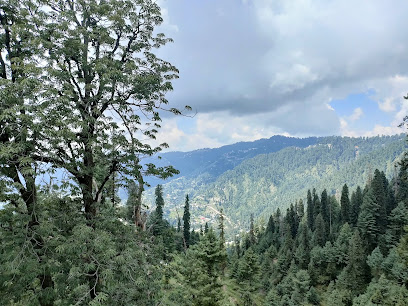
Murree Wildlife Park
Experience the tranquility and natural beauty of Murree Wildlife Park, a wildlife sanctuary in the heart of Khyber Pakhtunkhwa, Pakistan.
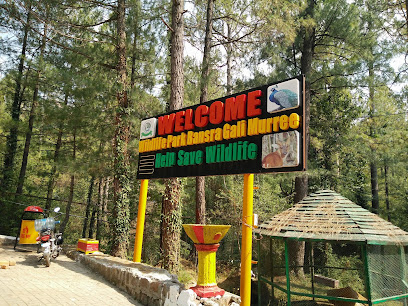
Ayubia Chair Lift View (Picnic) Point
Discover breathtaking views and serene landscapes at Ayubia Chair Lift View Point in Abbottabad, perfect for adventure and family outings.
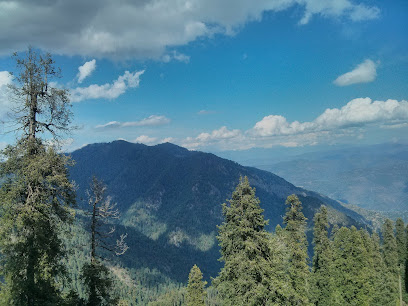
Ayubia National Park Dunga Gali
Explore the stunning Ayubia National Park in Dunga Gali, a serene escape filled with lush forests, diverse wildlife, and breathtaking hiking trails.
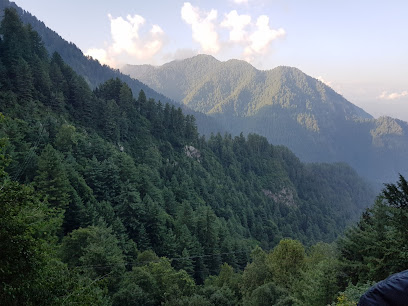
Unmissable attractions to see
Ayubia Motto Tunnel
Experience the serene beauty and historical charm of Ayubia Motto Tunnel, a unique tourist attraction in Khyber Pakhtunkhwa, Pakistan.
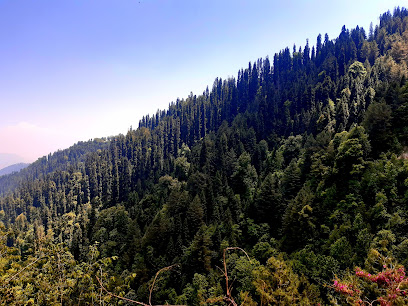
Ayubia Park Mountain Top
Experience the breathtaking beauty of Ayubia Park Mountain Top, where adventure and nature harmoniously collide in Khyber Pakhtunkhwa.
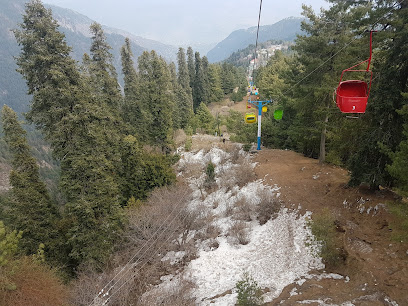
Ayubia Chair Lift View (Picnic) Point
Discover the breathtaking beauty of Ayubia Chair Lift View Point, a serene escape in the heart of Khyber Pakhtunkhwa, perfect for nature lovers and families.
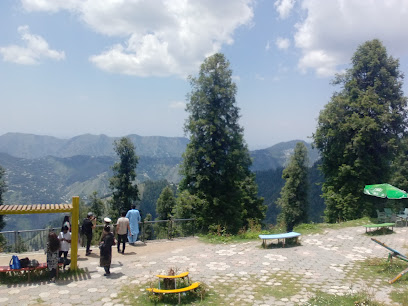
Ayubia National Park Dunga Gali
Explore the enchanting landscapes and rich biodiversity of Ayubia National Park in Dunga Gali, Pakistan, a serene escape for nature lovers and adventure seekers.
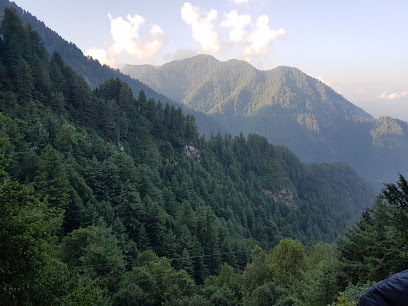
Ayubia Top Hills
Discover the breathtaking beauty of Ayubia Top Hills, a serene escape in Abbottabad, perfect for nature lovers and adventure seekers alike.
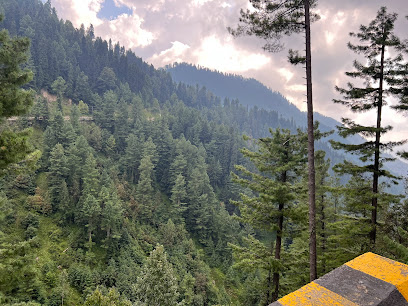
Lalazar Park
Experience the natural beauty and tranquility of Lalazar Park in Abbottabad, a perfect retreat for nature lovers and families seeking relaxation.
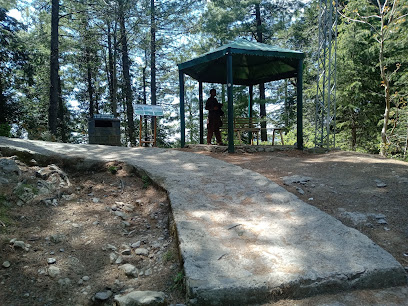
Essential places to dine
Ayubia National Park
Experience breathtaking landscapes and rich biodiversity at Ayubia National Park in Khyber Pakhtunkhwa, Pakistan.

MNAK Restaurant Abbottabad
Discover culinary delights at MNAK Restaurant in Abbottabad - where traditional flavors meet modern dining experiences.
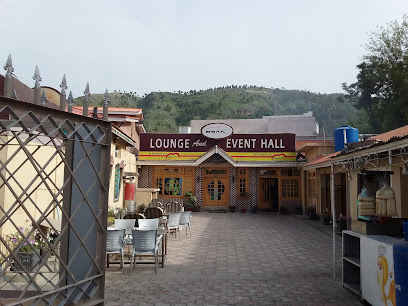
Isloo Grill
Experience delightful dining at Isloo Grill, where exquisite cuisine meets breathtaking views in Pir Sohawa's serene hills.
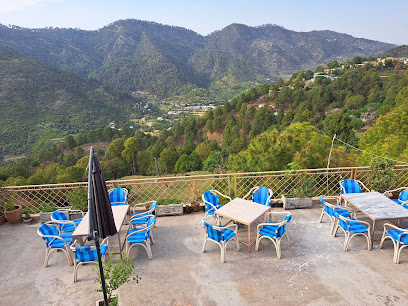
Sweettooth Mushkpuri
Discover Sweettooth Mushkpuri: Where fast food meets stunning mountain views in Abbottabad's serene landscape.
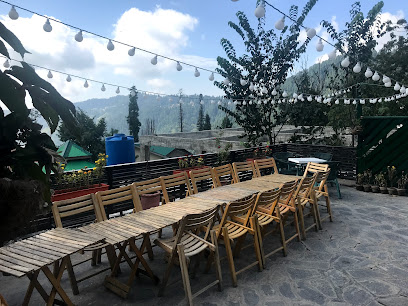
PTDC Motel Ayubia
Experience nature's beauty at PTDC Motel Ayubia – your gateway to adventure in Khyber Pakhtunkhwa's lush landscapes.

The Grey
Discover culinary excellence at The Grey, where breathtaking views meet exquisite Pakistani flavors in Nathia Gali.
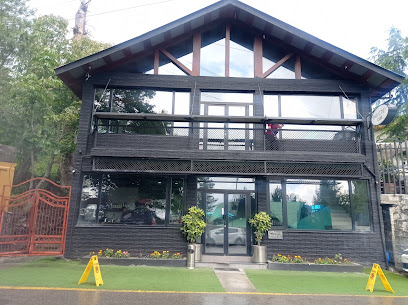
Ayubia National Park Dunga Gali
Explore Ayubia National Park Dunga Gali: A breathtaking blend of nature’s beauty with adventure waiting at every corner.
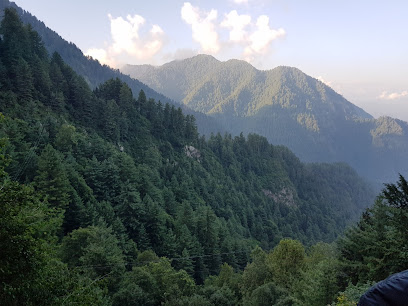
Terrace Grill Restaurant
Experience exquisite dining at Terrace Grill Restaurant in Murree with stunning views and delectable local cuisine.
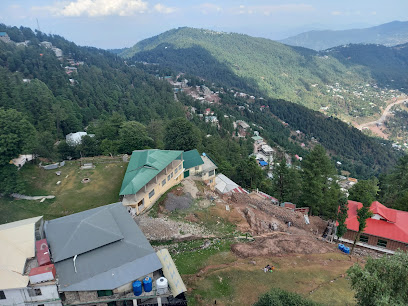
Hotel Galiyat Inn and Restaurant
Savor delicious local and international dishes at Hotel Galiyat Inn & Restaurant amid stunning mountain views in Nathia Gali.
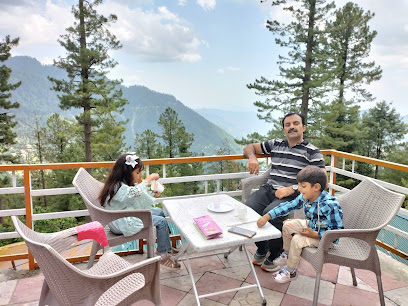
Umda Hotel Montana
Experience the beauty of Ayubia at Umda Hotel Montana – your serene retreat surrounded by nature's wonders.
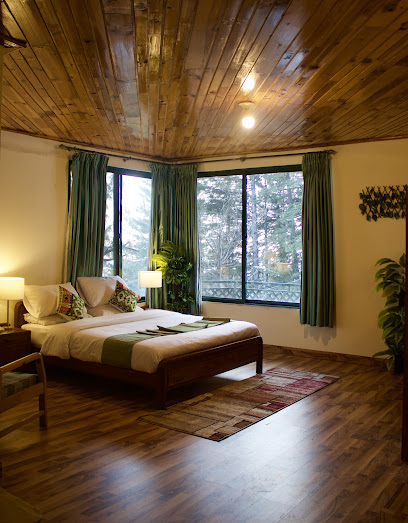
Snow Land Hotel
Experience authentic Pakistani cuisine at Snow Land Hotel, nestled in the serene landscapes of Nathia Gali - where culinary delight meets breathtaking views.
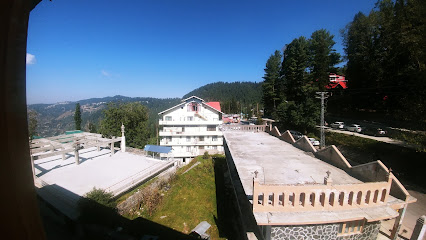
Ayubia Hill Top Resturant
Discover exquisite dining at Ayubia Hill Top Restaurant, where delicious cuisine meets stunning mountain views in Abbottabad.
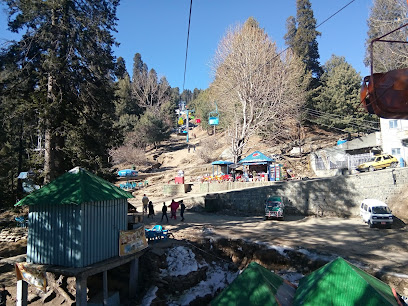
62hills
Discover unparalleled luxury and tranquility at 62 Hills Luxury Rooms in Ayubia, surrounded by stunning natural beauty.
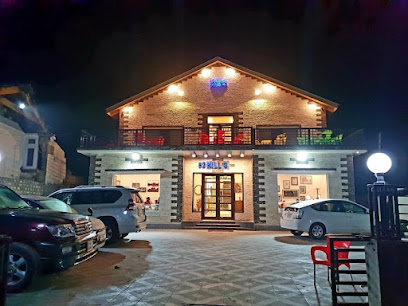
Wali Resort | Hotel & Restaurant in Ayubia
Discover tranquility at Wali Resort in Ayubia, where stunning landscapes meet exceptional hospitality for an unforgettable getaway.
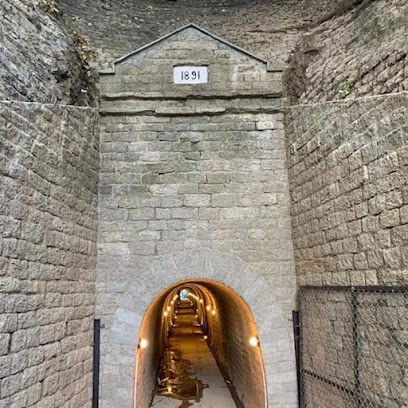
Restaurant Chair Lift
Experience breathtaking views and delicious cuisine at Restaurant Chair Lift in Ayubia - where nature meets culinary delight.
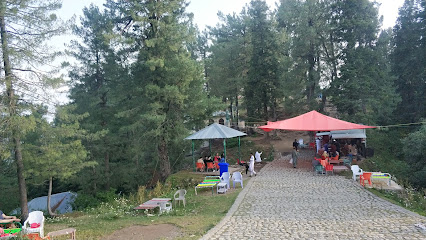
Markets, malls and hidden boutiques
Ayubia National Park
Explore the tranquil beauty and diverse wildlife of Ayubia National Park, a must-visit gem in Khyber Pakhtunkhwa, Pakistan.
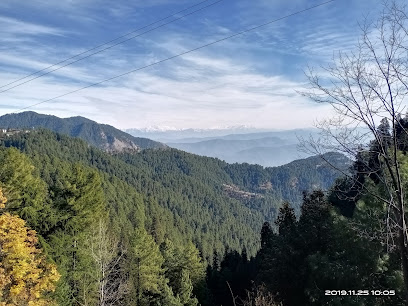
Ayubia Park Mountain Top
Discover the beauty and thrill of Ayubia Park Mountain Top - a perfect blend of nature and adventure in Khyber Pakhtunkhwa, Pakistan.
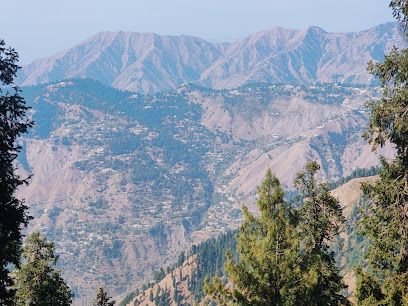
Barian Bazar
Discover the charm of Barian Bazar in Murree, where vibrant markets meet rich local culture and exquisite shopping experiences await.
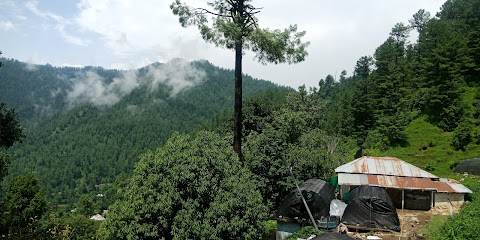
Ayubia Market - New Muslim Town
Discover the colors and flavors of Lahore at Ayubia Market, where shopping meets local culture in a vibrant setting.

PTDC Motel Ayubia
Experience the tranquility of nature at PTDC Motel Ayubia, your perfect retreat in the heart of Khyber Pakhtunkhwa's stunning landscapes.

Ayubia Chair Lift View (Picnic) Point
Experience breathtaking views and serene picnic spots at Ayubia Chair Lift View Point in the heart of Khyber Pakhtunkhwa, Pakistan.
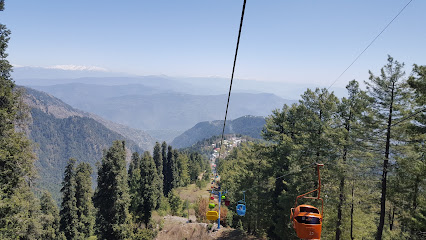
Ayubia Bazar
Experience the lively culture and delightful flavors at Ayubia Bazar, a must-visit market in Abbottabad's scenic hills.
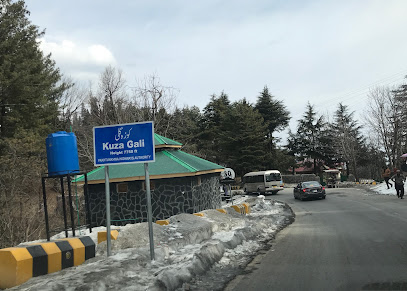
Ayubia National Park Dunga Gali
Immerse yourself in the breathtaking landscapes and rich biodiversity of Ayubia National Park, a must-visit natural haven in Khyber Pakhtunkhwa.

Ayubia Historical Writings
Explore the captivating Ayubia Historical Writings, a landmark where rich heritage meets breathtaking nature in Abbottabad, Khyber Pakhtunkhwa.
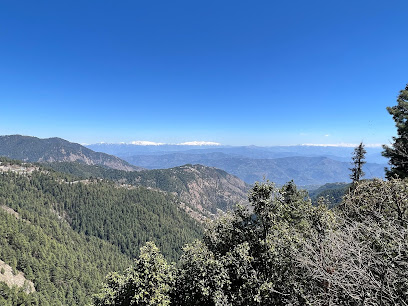
Ayub National Park
Explore the serene landscapes, diverse wildlife, and recreational opportunities at Ayub National Park in Rawalpindi, Pakistan.
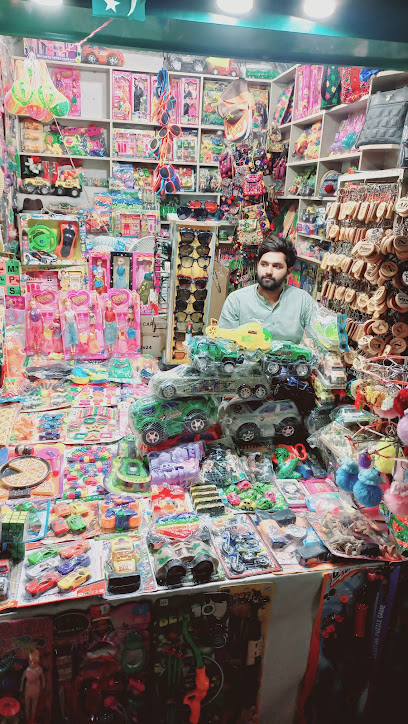
Ayubia gift shop
Explore Ayubia Gift Shop for unique handcrafted souvenirs and local treasures in the stunning hills of Khyber Pakhtunkhwa.
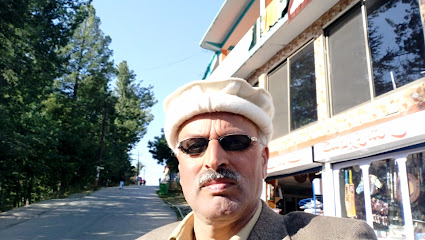
Essential bars & hidden hideouts
Ayubia National Park
Discover the breathtaking landscapes and diverse wildlife of Ayubia National Park, a true gem in the heart of Pakistan's Khyber Pakhtunkhwa region.
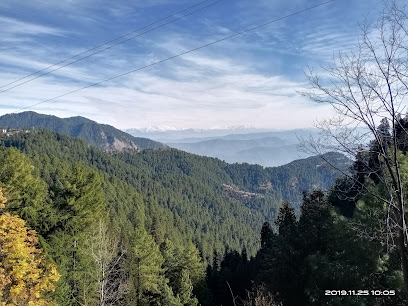
Pearl-Continental Hotel Bhurban
Discover luxury and tranquility at Pearl-Continental Hotel Bhurban, a premier resort offering breathtaking views and world-class amenities in Pakistan.
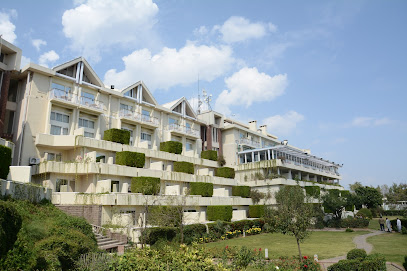
Pindi Point Chair Lift Murree
Discover the breathtaking views of Murree from the Pindi Point Chair Lift, an unforgettable experience amidst Pakistan's stunning landscapes.
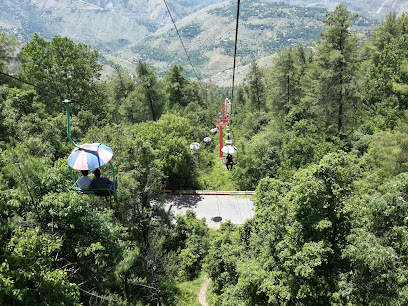
Alpine Hotel & Resort
Discover the perfect escape at Alpine Hotel & Resort, where luxury meets nature in the heart of Nathia Gali.
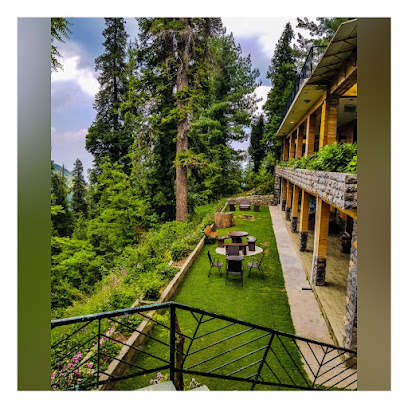
Pipeline Track Starting Point
Explore the breathtaking Pipeline Track Starting Point in Ayubia National Park, a perfect destination for hiking and enjoying nature's beauty.
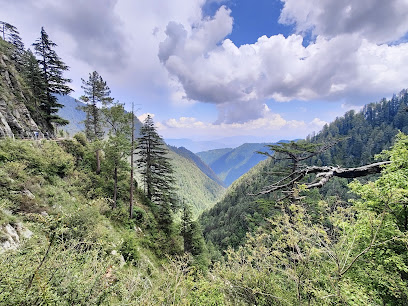
Hotel Summer Retreat Nathiagali
Discover tranquility and breathtaking views at Hotel Summer Retreat Nathiagali, your perfect mountain getaway in Pakistan.
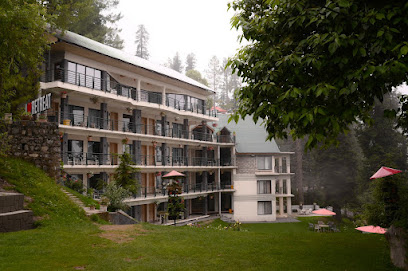
Hotel Al Azeem
Discover the charm of Ayubia at Hotel Al Azeem, your perfect retreat in the mountains with stunning views and exceptional hospitality.
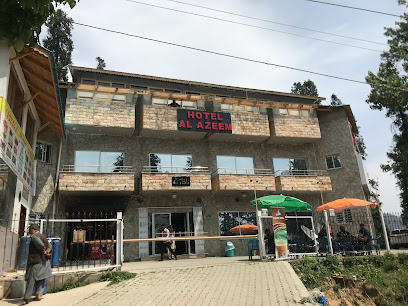
Ayubia Motto Tunnel
Experience the natural beauty and tranquility of Ayubia Motto Tunnel, a stunning attraction in Ayubia National Park, Khyber Pakhtunkhwa, Pakistan.
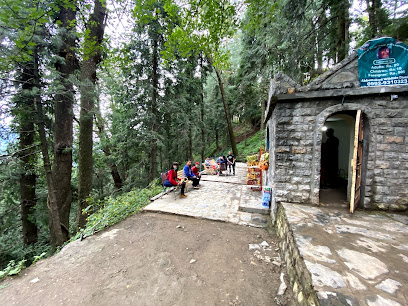
Lintott's Cafe Murree
Experience the perfect blend of comfort and scenic beauty at Lintott's Cafe in Murree, where every sip and bite is a delight.
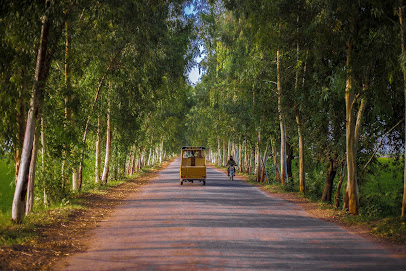
Lalazar Family Resort
Experience the breathtaking beauty of Kaghan Valley at Lalazar Family Resort, where adventure meets relaxation in a stunning mountain setting.
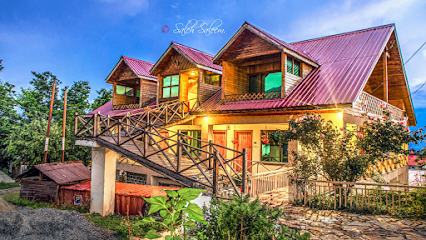
Lockwood Hotel Murree
Experience unparalleled comfort and stunning views at Lockwood Hotel Murree, your perfect getaway in the heart of nature.
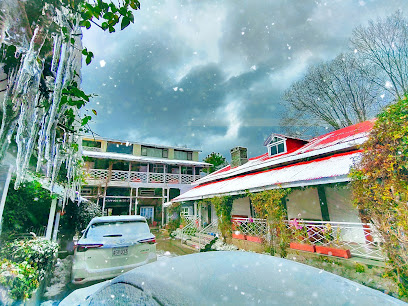
Jungle Barracks
Experience tranquility and adventure at Jungle Barracks, your ideal lodging in the heart of Ayub National Park, Rawalpindi, Punjab.
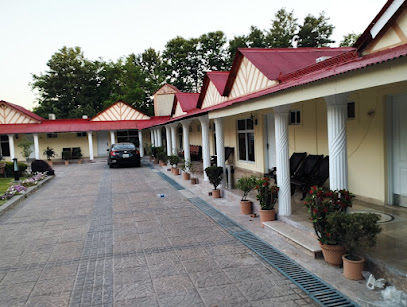
Hummingbird Resort & Executive Suites
Experience tranquility and luxury at Hummingbird Resort & Executive Suites, a serene mountain escape in Changla Gali, Pakistan.
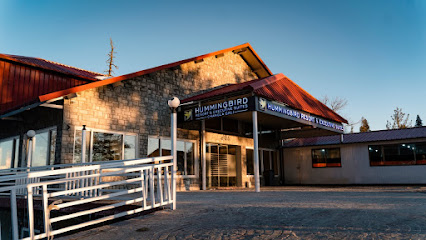
The Grey
Experience the perfect blend of stunning mountain views and exquisite cuisine at The Grey in Nathia Gali, an unforgettable dining destination.
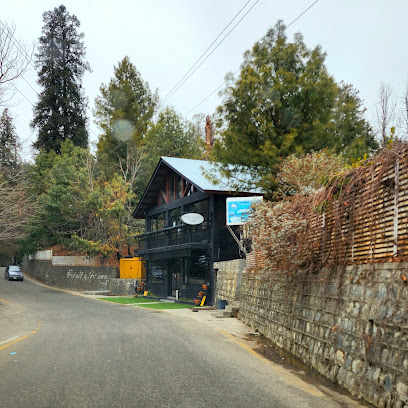
Holiday Grand Resort Bhurban
Discover unparalleled luxury and breathtaking views at Holiday Grand Resort Bhurban, your perfect getaway in the heart of nature.
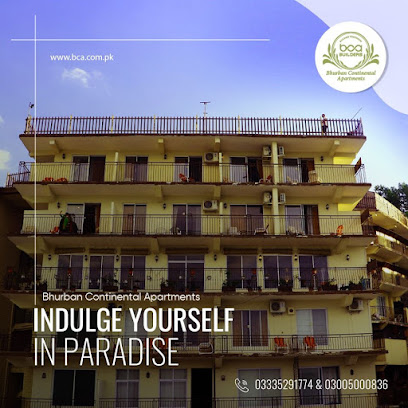
Local Phrases about Ayubia National Park
-
- Helloسلام
[salaam] - Goodbyeخدا حافظ
[khuda hafiz] - Yesہاں
[haan] - Noنہیں
[nahin] - Please/You're welcomeبراہ کرم
[baraah karam] - Thank youشکریہ
[shukriya] - Excuse me/Sorryمعذرت خواہ ہوں
[maazrat khwah hoon] - How are you?آپ کیسے ہیں؟
[aap kaise hain?] - Fine. And you?ٹھیک ہوں۔ آپ کیسے ہیں؟
[theek hoon. aap kaise hain?] - Do you speak English?آپ انگریزی بولتے ہیں؟
[aap angrezi boltay hain?] - I don't understandمجھے سمجھ نہیں آیا
[mujhe samajh nahi aya]
- Helloسلام
-
- I'd like to see the menu, pleaseبراہ کرم مینو دیکھنا چاہتا ہوں
[baraah karam menu dekhna chahta hoon] - I don't eat meatمیں گوشت نہیں کھاتا
[mein gosht nahi khaata] - Cheers!صحت مند رہو!
[sehat mand raho] - I would like to pay, pleaseبراہ کرم ادا کرنا چاہتا ہوں
[baraah karam ada karna chahta hoon]
- I'd like to see the menu, pleaseبراہ کرم مینو دیکھنا چاہتا ہوں
-
- Help!مدد!
[madad] - Go away!چلے جاؤ!
[chale jao] - Call the Police!پولیس کو بلاؤ!
[police ko bulao] - Call a doctor!ڈاکٹر کو بلاؤ!
[doctor ko bulao] - I'm lostمیں گم ہوگیا ہوں
[mein gum hogaya hoon] - I'm illمیں بیمار ہوں
[mein beemar hoon]
- Help!مدد!
-
- I'd like to buy...میں خریدنا چاہتا ہوں...
[mein khareedna chahta hoon...] - I'm just lookingمیں صرف دیکھ رہا ہوں
[mein sirf dekh raha hoon] - How much is it?یہ کتنا ہے؟
[ye kitna hai?] - That's too expensiveیہ بہت مہنگا ہے
[ye bohot mehnga hai] - Can you lower the price?کیا آپ قیمت کم کرسکتے ہیں؟
[kya aap qeemat kam kar sakte hain?]
- I'd like to buy...میں خریدنا چاہتا ہوں...
-
- What time is it?وقت کیا ہوا ہے؟
[waqt kya hua hai?] - It's one o'clockایک بجے ہیں
[ek baje hain] - Half past (10)دس بج کر پندرہ منٹ ہوگئے
[das baj kar pandra minute hogaye] - Morningصبح
[subah] - Afternoonدوپہر
[dopehar] - Eveningشام
[shaam] - Yesterdayکل
[kal] - Todayآج
[aaj] - Tomorrowکل
[kal] - 1ایک
[ek] - 2دو
[do] - 3تین
[teen] - 4چار
[chaar] - 5پانچ
[paanch] - 6چھے
[chhe] - 7سات
[saat] - 8آٹھ
[aath] - 9نو
[no] - 10دس
[das]
- What time is it?وقت کیا ہوا ہے؟
-
- Where's a/the...?...کہاں ہے؟
[...kahan hai?] - What's the address?پتہ کیا ہے؟
[pata kya hai?] - Can you show me (on the map)?کیا آپ مجھے (نقشہ پر) دکھا سکتے ہیں؟
[kya aap mujhe (naqsha par) dikhha sakte hain?] - When's the next (bus)?اگلی (بس) کب ہے؟
[agli (bus) kab hai?] - A ticket (to ....)ایک ٹکٹ (.... کے لیے)
[ek ticket (... ke liye)]
- Where's a/the...?...کہاں ہے؟
History of Ayubia National Park
-
Ayubia National Park, located in the Abbottabad District of Khyber Pakhtunkhwa province in Pakistan, is a protected area that covers an expanse of 3,312 hectares. Named after Pakistan's second President, Field Marshal Ayub Khan, the park was established in 1984 to preserve and protect the rich biodiversity and natural beauty of the region. The park is part of the Western Himalayan ecological zone and is renowned for its dense forests, diverse wildlife, and stunning landscapes.
-
The area that is now Ayubia National Park holds significant historical importance from the British colonial era. The British established several hill stations in the region, including Murree and Nathiagali, to serve as summer retreats. These hill stations were developed to provide respite from the sweltering heat of the plains. The establishment of these hill stations played a significant role in the development of infrastructure and tourism in the region.
-
Ayubia National Park is part of the Galyat region, a series of picturesque valleys and hill stations scattered across the western Himalayan foothills. The name 'Galyat' is derived from the word 'galli,' meaning 'valley.' The Galyat region has been a popular destination for tourists, nature enthusiasts, and trekkers due to its cool climate, lush green landscapes, and panoramic views of the Himalayan peaks. The park serves as a gateway to exploring this enchanting region.
-
Ayubia National Park was formally established in 1984 to protect its unique ecosystem and to conserve its flora and fauna. The park encompasses four major hill stations: Ayubia, Khanspur, Ghora Dhaka, and Changla Gali. The creation of the park was part of Pakistan's broader efforts to preserve its natural heritage and to promote sustainable tourism. The establishment of the park has helped to maintain the ecological balance of the region and has provided a sanctuary for numerous plant and animal species.
-
Ayubia National Park is home to a diverse range of flora and fauna, including several endangered species. The park's forests are primarily composed of pine, cedar, oak, and maple trees. Wildlife species found in the park include the Asiatic black bear, leopard, red fox, flying squirrel, and various species of birds and reptiles. Conservation efforts have been implemented to protect these species and their habitats. The park also serves as a research site for scientists studying the region's biodiversity and ecological dynamics.
-
Ayubia National Park holds cultural significance for the local communities residing in and around the park. The park is a vital source of livelihood for these communities, providing opportunities for eco-tourism, handicrafts, and sustainable agriculture. The local culture is rich with traditions, folklore, and festivals that reflect the heritage of the region. Visitors to the park have the opportunity to experience the warm hospitality of the local people and to learn about their customs and way of life.
-
Ayubia National Park is a popular destination for both domestic and international tourists. The park offers a range of recreational activities, including hiking, trekking, bird watching, and wildlife photography. The Ayubia Chairlift, one of the park's most famous attractions, provides a scenic ride through the forested hills, offering breathtaking views of the surrounding landscape. The park's well-maintained trails and picnic spots make it an ideal destination for nature lovers and adventure seekers.
-
Looking ahead, Ayubia National Park continues to play a crucial role in environmental conservation and sustainable tourism development in Pakistan. Efforts are being made to enhance the park's infrastructure, improve visitor facilities, and promote eco-friendly tourism practices. Initiatives to engage local communities in conservation and tourism activities are also being strengthened. As the park evolves, it remains a testament to Pakistan's commitment to preserving its natural and cultural heritage for future generations.
Ayubia National Park Essentials
-
Ayubia National Park is located in the Abbottabad District of Khyber Pakhtunkhwa province, Pakistan. The nearest major city is Islamabad, approximately 70 kilometers away. Visitors can reach the park by taking a bus or a private taxi from Islamabad to Murree, and then continuing to Ayubia. The journey typically takes around 2 to 3 hours by road. Alternatively, you can hire a private car or use ride-sharing services for convenience.
-
Within Ayubia National Park, the main mode of transportation is on foot, as the park is best explored through its various hiking trails. For longer distances, local taxis and private car hires are available. Public buses and minibuses (vans) operate between nearby towns and the park. It is advisable to arrange your transportation in advance, especially during peak tourist seasons.
-
The official currency in Pakistan is the Pakistani Rupee (PKR). Credit cards are accepted in some hotels and restaurants, but it is advisable to carry cash, especially for smaller establishments and local vendors. ATMs are available in nearby towns like Murree, but it is wise to withdraw sufficient cash in Islamabad before traveling to the park to ensure you have enough funds.
-
Ayubia National Park is generally a safe destination for tourists. However, it is always advisable to take standard precautions. Avoid wandering alone in isolated areas, especially after dark, and keep an eye on your belongings in crowded places. While there are no specific high-crime areas targeting tourists within the park, it is best to stay vigilant and aware of your surroundings. Always follow park guidelines and stay on designated trails.
-
In case of emergency, dial 15 for police assistance and 1122 for medical emergencies. The nearest medical facilities are in Murree, approximately 30 kilometers away. It is recommended to have travel insurance that covers medical emergencies. For minor health issues, there are pharmacies in Murree where you can purchase over-the-counter medications. Always carry a first aid kit while hiking in the park.
-
Fashion: Do dress modestly and wear comfortable hiking attire. Avoid wearing revealing clothing. Religion: Do respect local customs and traditions. Public Transport: Do be respectful and give up your seat to elderly passengers. Don't eat or drink on public transport. Greetings: Do greet people with a smile and a 'Salam' (peace). Eating & Drinking: Do try local delicacies and accept food offerings graciously. Don't refuse hospitality, as it is considered impolite.
-
To experience Ayubia National Park like a local, visit the local markets in nearby towns such as Murree, where you can buy fresh produce and traditional Pakistani goods. Engage with locals, as they are often friendly and willing to share stories about the area's history and culture. Don't miss the chance to explore the Ayubia chairlift, offering stunning views of the surrounding hills. For a unique experience, try to time your visit during local festivals to witness cultural performances and traditional celebrations.
Trending Landmarks in Ayubia National Park
-
Ayub National Park
-
Thandiani Top
-
Pipeline Track Starting Point
-
Ayubia Motto Tunnel
-
Ayubia Park Mountain Top
-
Hazara Amusement City
-
PIA Park Murree
-
Sangrela Natural Water Park
-
Jungle Kingdom
-
Harnoi Waterfall
-
PTDC Motel Ayubia
-
Dunga Gali
-
Murree Wildlife Park
-
Ayubia Chair Lift View (Picnic) Point
-
Ayubia National Park Dunga Gali
Nearby Cities to Ayubia National Park
-
Things To Do in Abbottabad
-
Things To Do in Islamabad
-
Things To Do in Rawalpindi
-
Things To Do in Kaghan
-
Things To Do in Naran
-
Things To Do in Swat
-
Things To Do in Peshawar
-
Things To Do in Jammu
-
Things To Do in Sialkot
-
Things To Do in Gujranwala
-
Things To Do in Gilgit
-
Things To Do in Skardu
-
Things To Do in Chitral
-
Things To Do in Faisalabad
-
Things To Do in Lahore








